CHARLES TOWN, W.Va. — An overflow crowd turned out at a Saturday hearing to call for preserving MARC commuter train service into West Virginia, which faces a significant reduction because funding from West Virginia that short of what the Maryland Department of Transportation says is required.
The Martinsburg (W.Va.) Journal reports that the crowd filled the conference room at the Charles Town library and spilled into the adjacent hallway to hear local elected officials call for an extension of the current service to allow time to find a funding solution.
Currently, three round trips a day on MARC’s Brunswick line serve three stops in West Virginia: Harpers Ferry, Duffields, and Martinsburg. As of Nov. 4, that would be cut to one daily round trip, departing Martinsburg at 5 a.m. and returning at 6:39 p.m. The other trains would continue to operate, but would terminate in Brunswick, Md., along with three other round trips that currently terminate in Brunswick.
The proposed change reflects the shortfall between the $3.4 million Maryland DOT says it needs from the West Virginia State Rail Authority to maintain service and the $1.1 million funded by the West Virginia legislature. The Hagerstown (Md.) Herald-Mail reports that some West Virginia officials feel the communities served by the train should contribute funding, and question the cost of the service relative to the number of people who use it. Those attending the hearing cited the turnout in questioning reports that only 250 passengers in West Virginia use the trains daily.





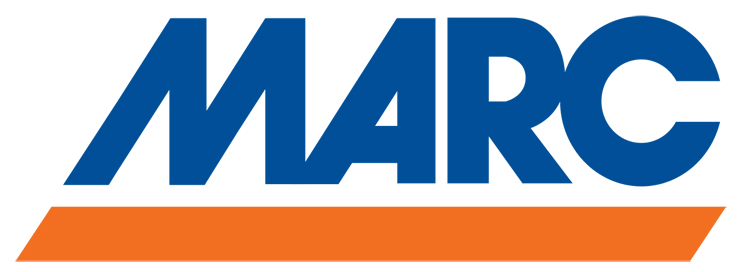

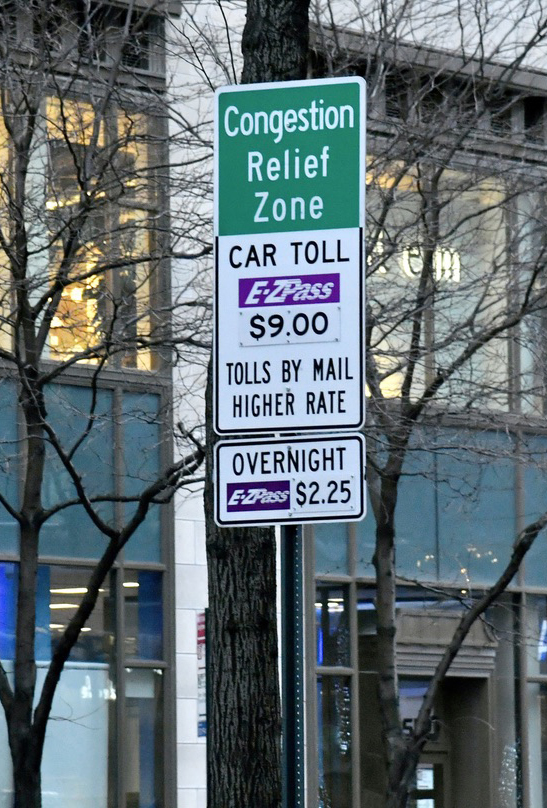
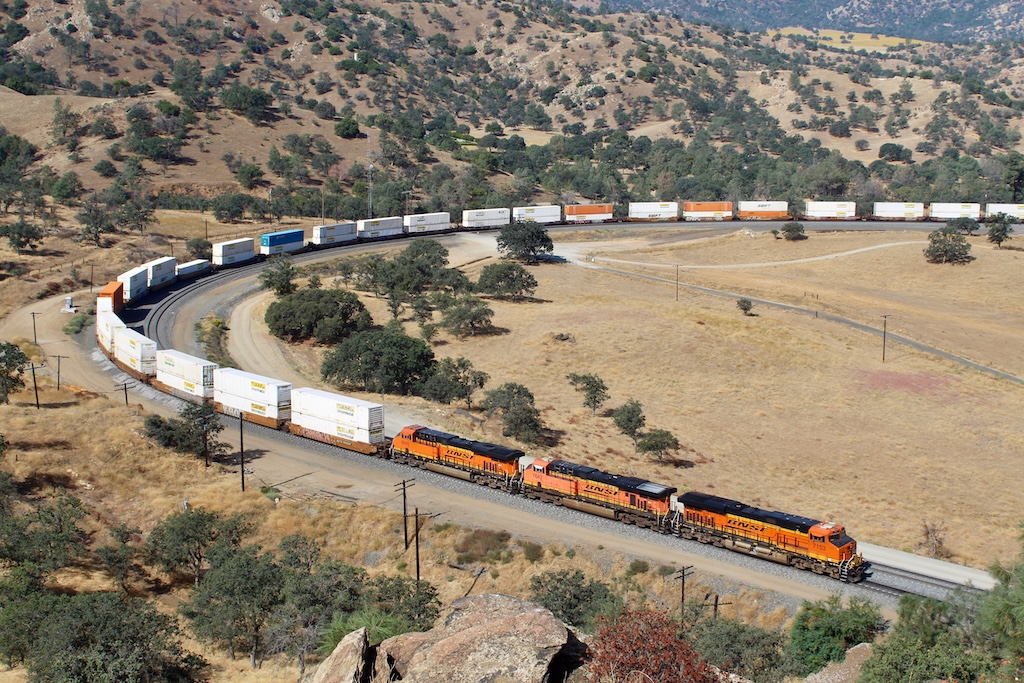
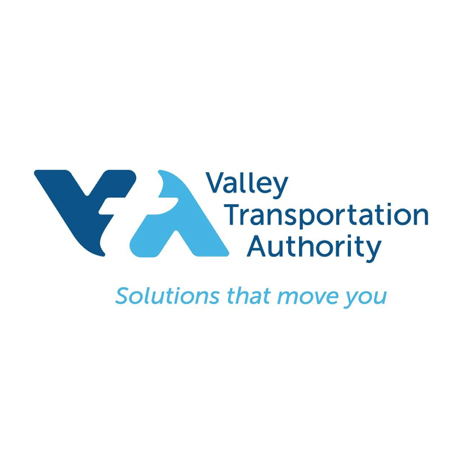
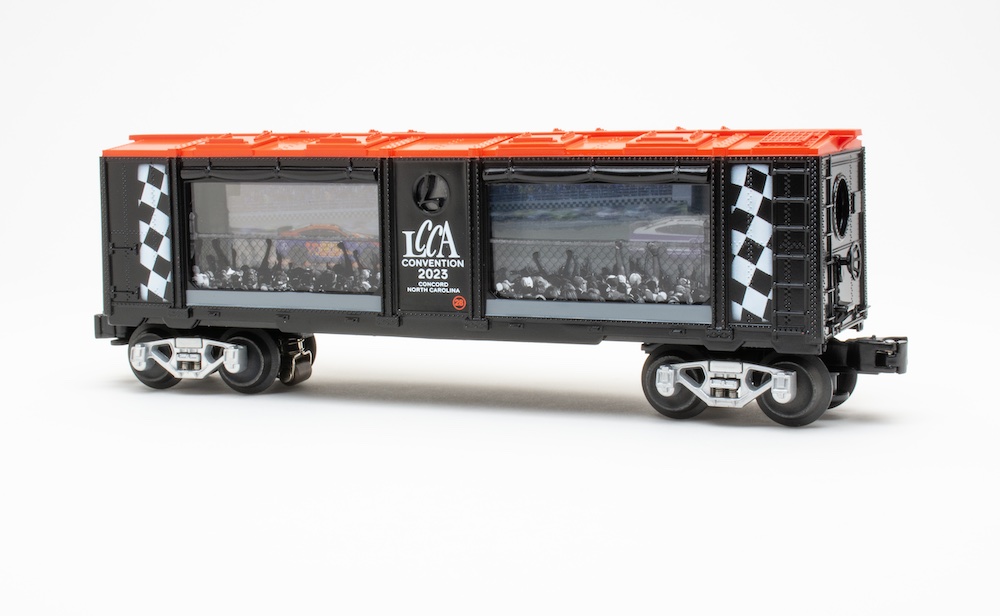




Gerald McFarlane: Give me your statistics that prove that it would cost the commuters from West Virginia to Brunswick, MD more than $13,600 for their commute. Don’t include the cost of the vehicle because they may be able to get along without a car in a big city like NYC or Boston but not in the small cities and towns of West Virginia. So a car is already purchased. There will be an increase in the cost of gas, tires and maintenance for the additional miles but I spend only about $2,000 a year for my truck. A commuter with a more economical vehicle would pay far less. Even if the car is included in the equation. given a life of 5 years, and cars generally last longer than that these days, $13,600 per year would allow you to buy a $68,000 car. Few people spend that much on a vehicle.. And if they do then the train can be removed from the equation because most rich people don’t commute by train except maybe in New York.
As for the Downeaster, yes, the NH commuters who use it do pay fares. But even with those fares included, after the addition of the failed Brunswick extension the fare box recovery is only 45%. The taxpayers of Maine subsidize the remaining 55%. If the state of NH provided half of the deficit or even 40% representing the 3 stations (of 8) that would be much more equitable. But the people of NH have always struck me as much more intelligent than those of Maine when it comes to finances. They have no sales tax, no income tax on earned income yet they manage to survive and thrive quite well. But hey, I’m getting off topic here.
I’m sorry but don’t expect me to stop posting anytime soon.
Cut a deal with Virginia and reroute the trains southwest at Harper’s Ferry to Winchester.
This is not the first time in history this has happened. I apologize if I get some dates and agencies wrong, as this is out of my head.
When the Maryland State Railroad Administration began subsidizing Camden Line and Brunswick line services under the Urban Mass Transit (UMTA) rules in the late ‘70’s, B&O was forced to operate a one car RDC service in WVa (B&O 9918, still owned by B&O) while they put the Martinsbug service up for abandonment. Evidently, some UMTA grant money and some formula funding based on route mileage was found to restore WVa service. Ultimately, under UMTA successor FTA, subsidies changed from mileage funding to % of equipment overhaul and acquisition funding. At this point, MdSRA successor MTA told WVa to pay up or lose service. A few outright grants came from WVa, and then they began surcharging tickets.
So why is MTA going to keep one train running? First, FTA grants put two 45mph crossovers in WVa for MARC Service about 16 years ago. Until the project is fully depreciated, MTA would owe a refund to FTA for the undepreciated portion of what MTA told FTA the life of the improvement would be when they applied for the grant. Also, after a small part of the Camden line, this is one of the oldest continuous ( except Civil War outages) operation passenger routes in the country. As such, it still operated under charter (certificate of public convenience). CSX is ultimately bound to operate this service as long as a government entity will subsidize it (UMTA statutes). If it isn’t subsidized, CSX has to file for abandonment. Meanwhile, a single train must be operated under law.
One daily train in each direction five days a week on a commuter route is not viable. It could lose more money tan the current service does.
If Martinsburg commuters can’t afford to move to closer-in, high-cost Montgomery County (Maryland) or Fairfax County (Virginia), that’s understandable but the train subsidy is getting hard to swallow.
People on this forum rightly criticized high-cost highway construction that allows commuters to live ridiculously far from their workplaces. So how is rail any different? Here in Wisconsin the highly-subsidized Hiawatha (federal, Illinois and Wisconsin subsidies) subsidizes persons working in Chicago to live 115 miles away in the Milwaukee suburbs. I know a two-income family here in Brookfield (Wisconsin), one works locally, one works downtown Chicago via the Hiawatha. Someone is paying for that. The map in a recent TRAINS-MAG issue show New Jersey, Connecticut, Hudson Valley and Long Island commuters traveling significantly long distances each day.
Jesus in his lifetime traveled in a sixty-mile area but we’re expected to subsidize commuters living twice that distance from their daily work.
Robert McGuire,
I can guarantee you the cost for those people to drive to Brunswick, MD every work day would exceed $13,600 per year. Also, you forget the people of New Hampshire have to buy tickets to ride the Downeaster, which is funding the service…I think you should quit posting while you’re behind.
Robert Bates – the Shenandoah Sub from Harper’s Ferry to Winchester is TWC-D (Dark Territory), max speed is 25 MPH, some of it 10. And if you run passengers, then the sub would have to have PTC as well. CSX ain’t gonna do that.
The parking lot(s) in Brunswick are pretty full now, and that lovely two lane drive from Harper’s Ferry thru the two miles of Virginia and over the two lane bridge into Maryland is a traffic hell. Drove it for four years, every day.
If the people of West Virginia were smart they would forget the one train a day and instead drive to Brunswick, MD and let the taxpayers of Maryland fund the whole service. Just like the people of New Hampshire contribute nothing to the operation of the Downeaster but they get to ride just like the people of Maine who have to pay to fund the whole thing. $3,400,000 for only 250 people represents a subsidy of $13,600 per passenger per year. Quite the sum for a train ride. This would make Patricia Quinn, head of NNEPRA drool.
I wonder if this conversation would be going on had this area been allowed to stay with Virginia when WV broke away.